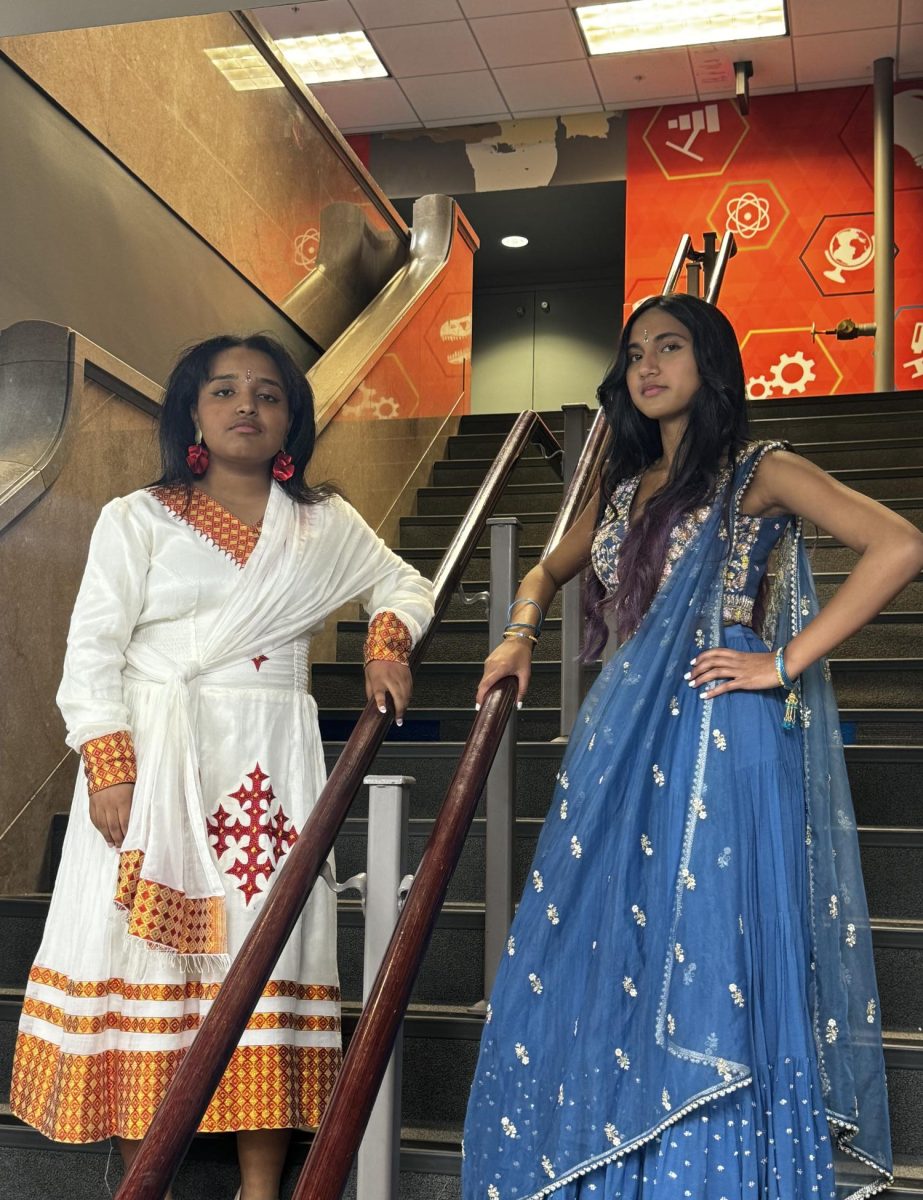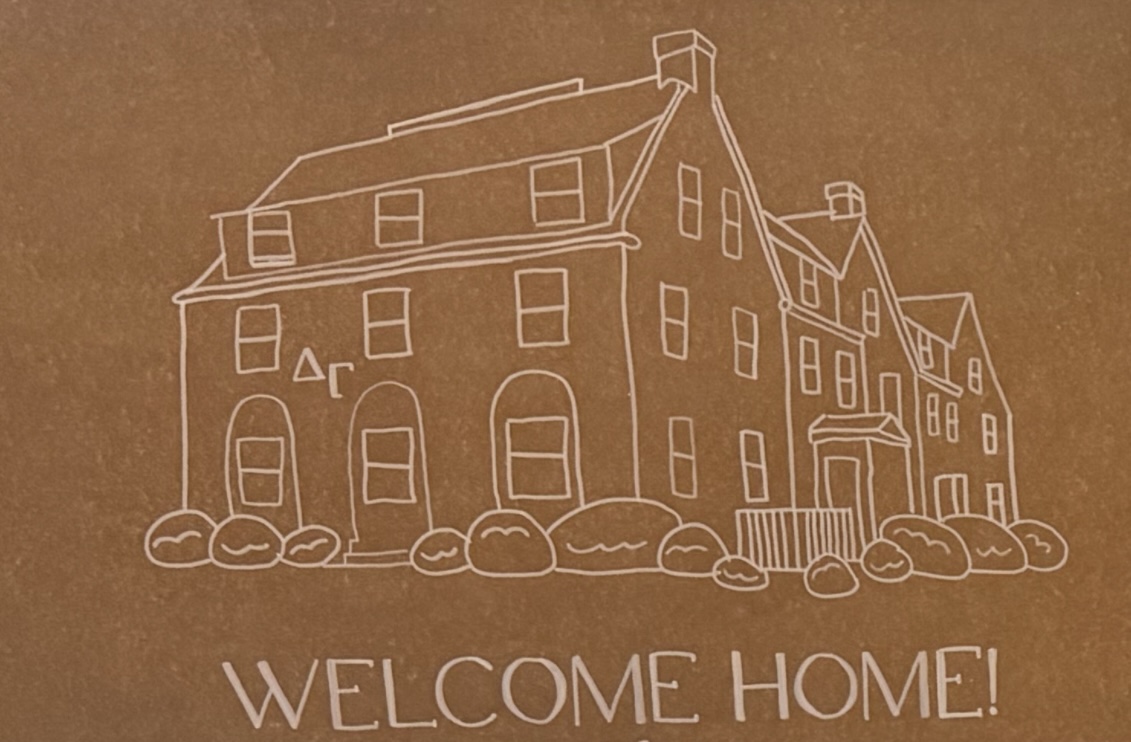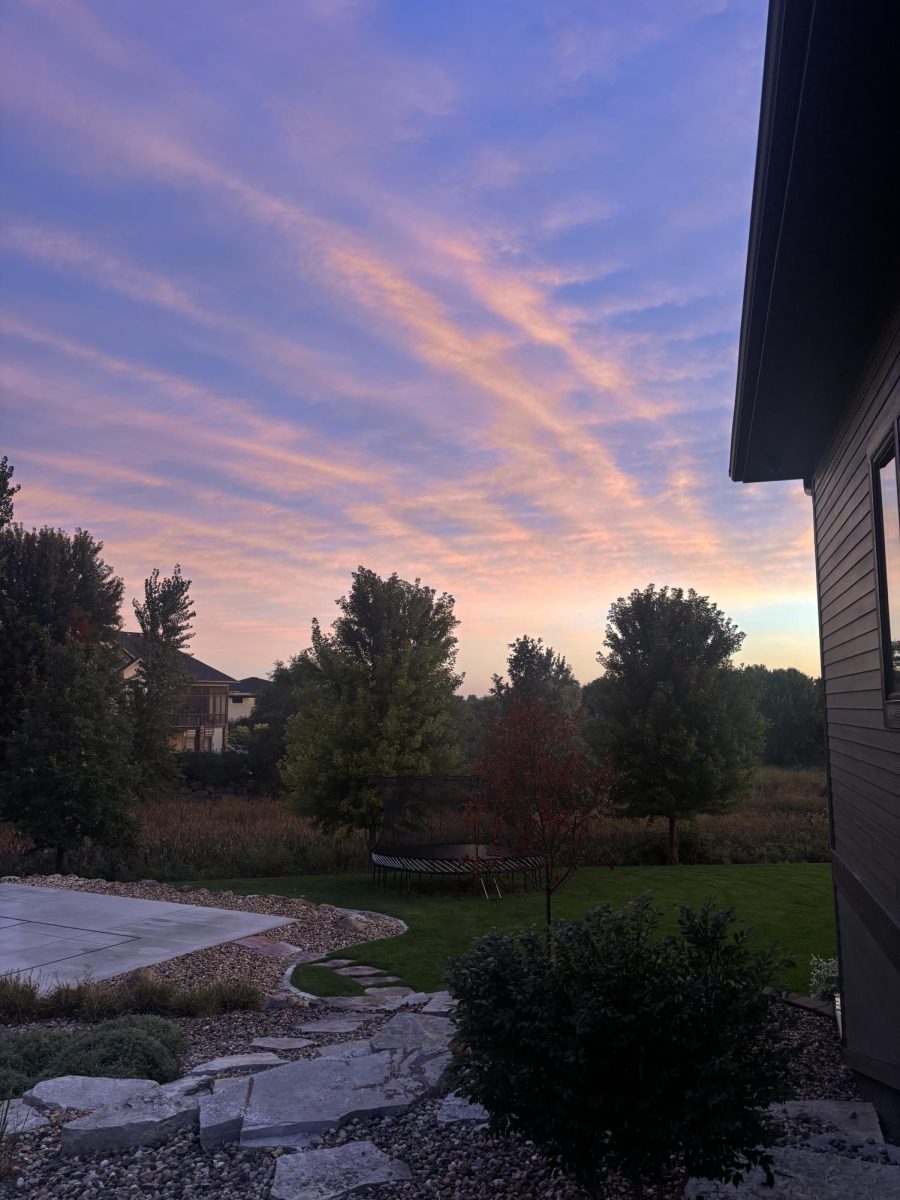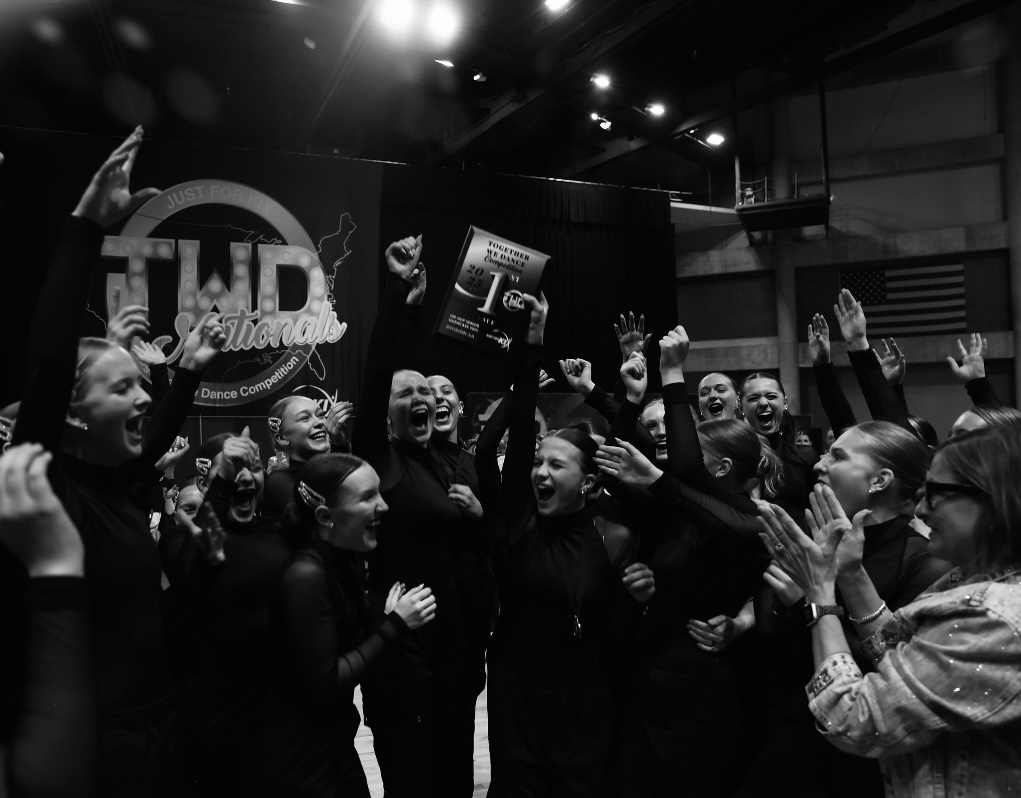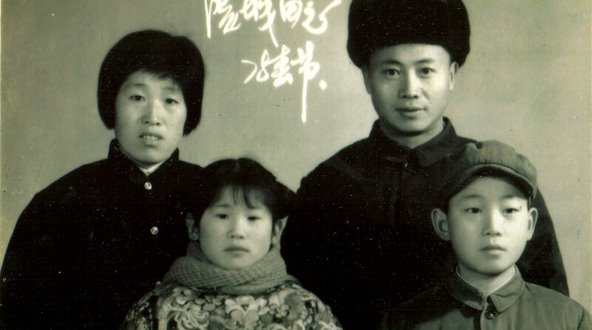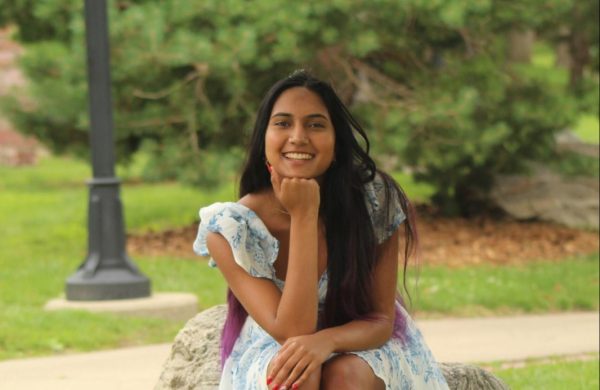When I was six, a bright red Confederate flag plastered on a house’s porch caught my eye in the car. Curious, I turned to my older brother, pointed to the embellished fabric and asked him what kind of flag it was. My brother, who was 11 at the time, flinched when he glanced at the flag and darted his eyes away. He balled his fists and said, “It’s the Confederate flag. The one that wanted slavery for black people.”
That was the day I realized, as a South Dakotan, black, first-grade girl, that I was different. That innately, people will always have an intense burning hatred for me because of my darker hue, my non-eurocentric features and my parents’ accents. That at the age of seven, students would say my skin looked like “crap.” At the age of 10, a teen would viciously call me the n-word with the hard r. At the age of 12, my father’s African accent would be insulted by my peers.
…
It was the second day of school, and I walked into my accelerated social studies class, which I hadn’t yet acclimated to. My teacher had pulled me aside to discuss my academic abilities. I blocked out the specific words he used, but the gist was “You don’t belong here.” Honestly, I was confused because I thought I was a pretty smart cookie. I suppose revenge is the best motivator because soon after that, I became one of three people in the class to get 100% on our first exam.
This same teacher, like many others before and after him, could never seem to figure out my five-letter name. My parents named me “Katya,” a typical European name so that no one in the U.S. would mess it up. Unfortunately, my name is actually Russian, and I guess it is too difficult to pronounce. But this was completely normal. It was completely normal for kids (and adults) to walk up to me and ask me if I was in an arranged marriage. It was completely normal for kids and even my friends to tell me that my skin was too dirty to be invited to their houses. While I was hurt, I am proud to say I would always respond with “Well, I don’t want to go anyway.” It was completely normal to mimic my mom’s Indian accent, which I in turn bullied her out of having.
Although my mom’s accent is no longer thick, I can recall a recent example of when a high school senior mocked my mom’s voice. He thought it was funny to imitate an Indian accent, but I was simply repulsed and confused once again because my mom does not have an accent anymore.
…
No child in South Dakota should deal with this blatant discrimination, even if it comes out of ignorance. It is not surprising that these racist encounters happen often to children of color in South Dakota since it is not the most diverse place. In our state, only four percent are immigrants and only 17% are minorities. It doesn’t help that our school system is naturally against minority children, with the Annie E. Casey Foundation revealing that South Dakota scored the lowest in equipping children of color for success. This lack of diversity is harming children—specifically minority children— by normalizing racism structurally, through school systems and racist symbols, to create socially ignorant youth and perpetuate racially motivated bullying.
While racist remarks are never exceptionally harmful by themselves, they build up over time, coming together and creating negative self-images, ultimately harming the psyche of young children.
Many adults and South Dakota as a state have failed minority children. We are a part of the U.S., known for its vast freedoms and equalities, so our state must step up to truly reflect these values, or else we cannot truly be called “American.” So maybe don’t be racist?




